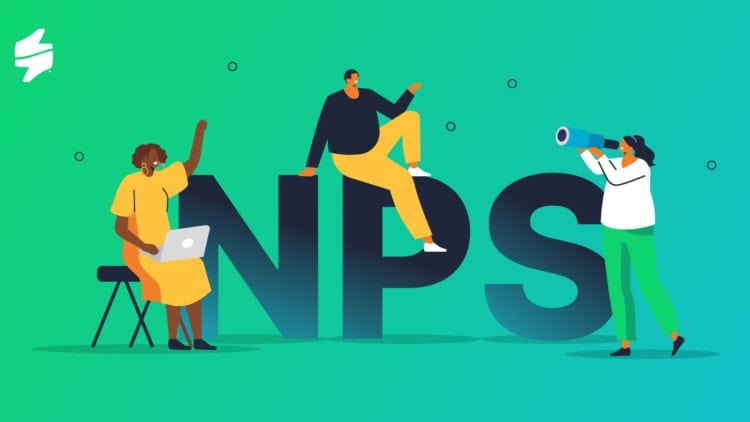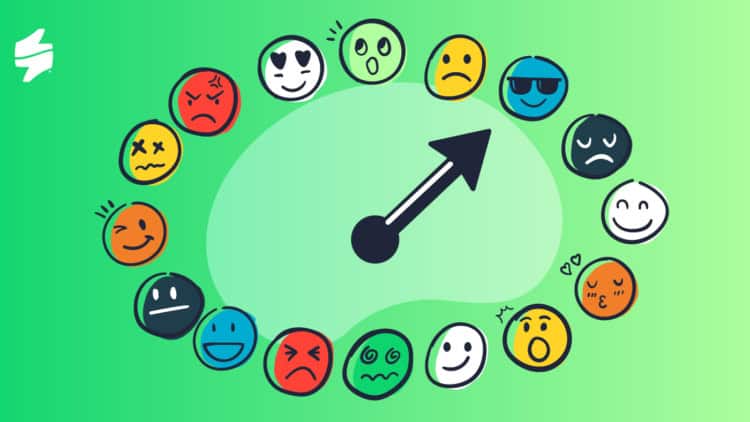Like any industry, customer experience (CX) undergoes change and is constantly evolving, and this year is no different. We took a look at what trends will impact CX in 2022 with our CX specialist Ján Gabauer.
Watch the webinar from the recording
If you are interested in more detailed information, you can watch our webinar where Ján Gabauer explains each part in detail and answers interesting questions.
A summary of the CX Trends 2022 Webinar
CX trends in 2022 can be divided into 3 main ideas:
- Great changes require great innovations
- NPS is back
- CX as a team sport
1. Great changes require great innovations:
The impact of the pandemic on customer behavior is undeniable. The fact is, that the way in which customers shop or deal with their requests and complaints has changed thanks to the pandemic. Of course, companies have also had to adapt to this trend and change the way they service their channels. Visits to brick-and-mortar stores have declined, while call centers and visits to the web or digital channels have seen a huge upsurge.
This of course ties in with customer expectations of these channels, which they compare to their experience, with already fully digital apps and services. You can measure whether a company is meeting these expectations using CSAT metrics. These give us valuable feedback on, for example, how the customer perceives the services and whether they match the quality they expect. Without this data, we can’t improve the CX.
It is also necessary to measure the effectiveness of touchpoints in new conditions. Which ultimately translates to: What was the customer journey? How long did it take to resolve the customer request? What was the staff’s approach and how easy and quick was the process?
2. NPS is back
The Net Promoter Score, or NPS, is a metric that speaks to customer loyalty. This is very important nowadays, as due to various aspects such as price increases, companies will feel the strain on the loyalty of their clients.
Measuring NPS should be done across the board. On a customer basis, it helps to identify customers with low loyalty or those who are most likely to leave (so-called customer churn). These customers may not be captured through traditional channels, as the reason for their dissatisfaction may be a past experience or something they heard in the media. At the transactional level, we can identify customers likely to leave, precisely because of unmet customer expectations.
Often it is the attitude of the staff that has the most significant impact on customer loyalty. That is, dissatisfaction with the level of support provided in the channel can lead to potential churn. If a company measures, for example, 1% of highly disloyal customers and they decide to leave, this can mean a loss of annual revenue in the hundreds of thousands of euros.
Conversely, high loyalty increases revenue and sales. Loyal customers are willing to spend a third more during purchase and make 25% more purchases than disloyal customers.
3. CX as a team sport
The responsibility for an exceptional customer experience lies with the entire company and it’s not just up to the individual. To achieve this goal, a company needs a customer service department, and the right tools and technology to help understand customers and their needs.
However, the tools that help with measurement and data collection are just one piece of a larger puzzle. The data collected also needs to be analyzed and interpreted. In this case, the company has several options. Either it has its in-house analysts do the job or if it doesn’t have the capacity, find a suitable partner to help interpret the data.
Ultimately, however, the greater the efficiency and quality of service, the better the customer experience. With that, of course, revenues go up and costs go down at the same time.









